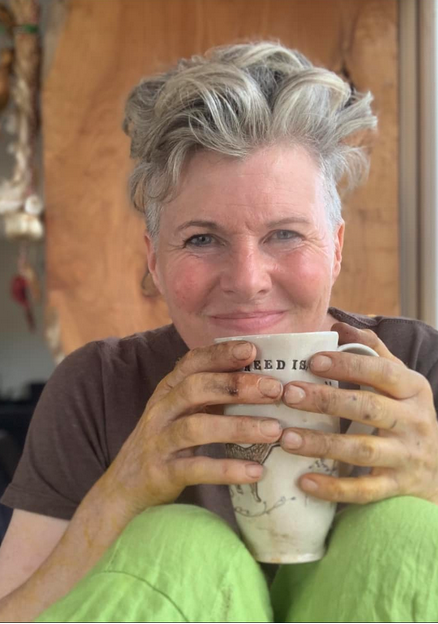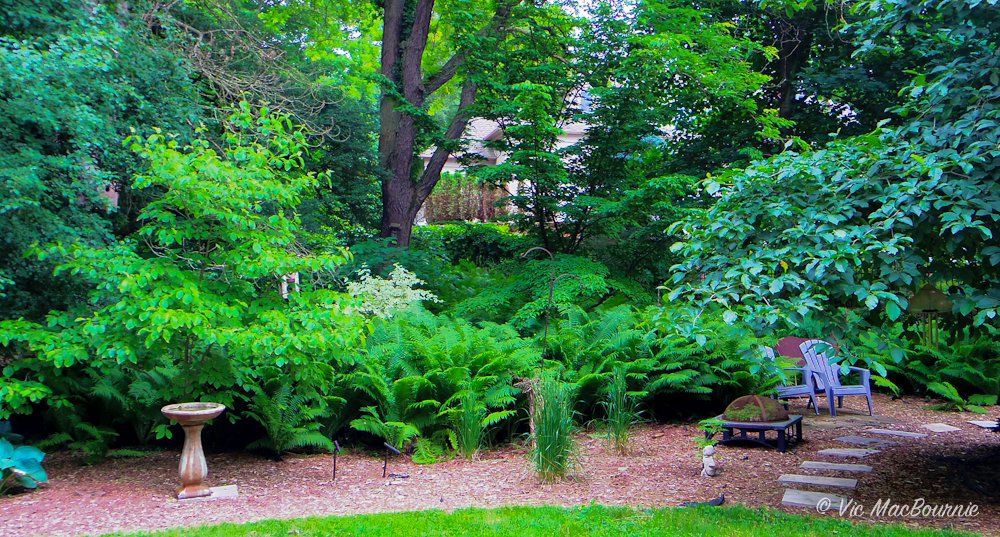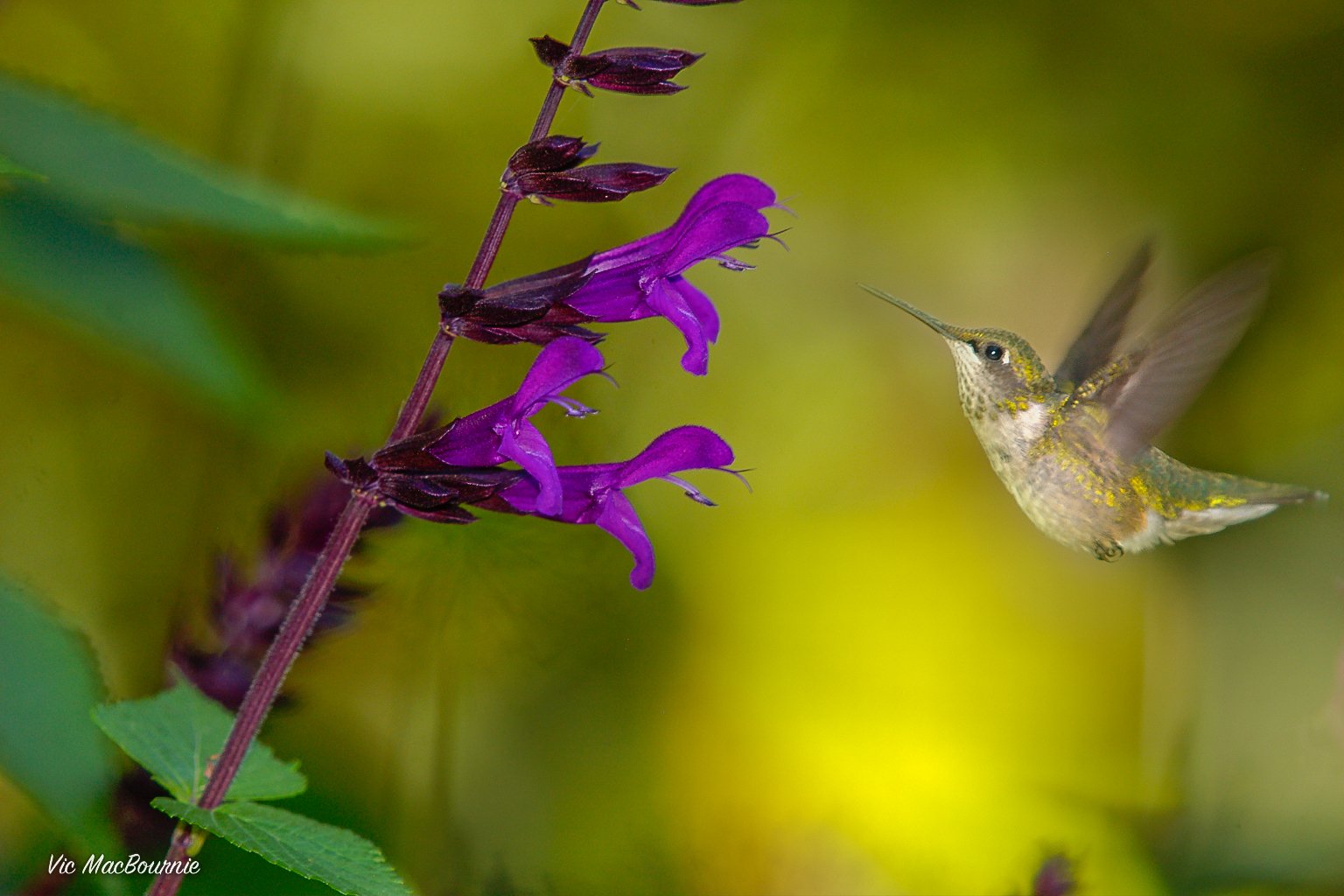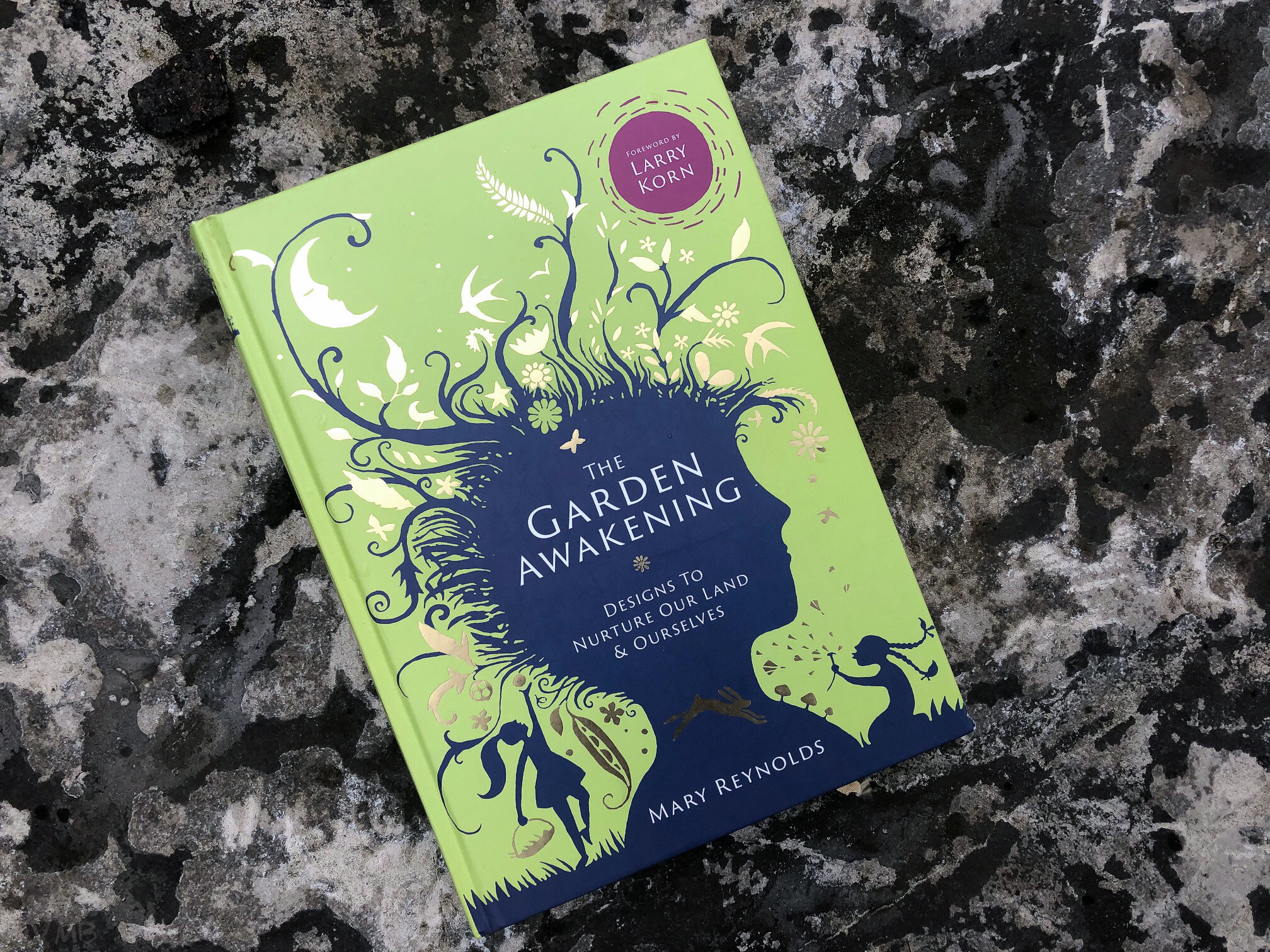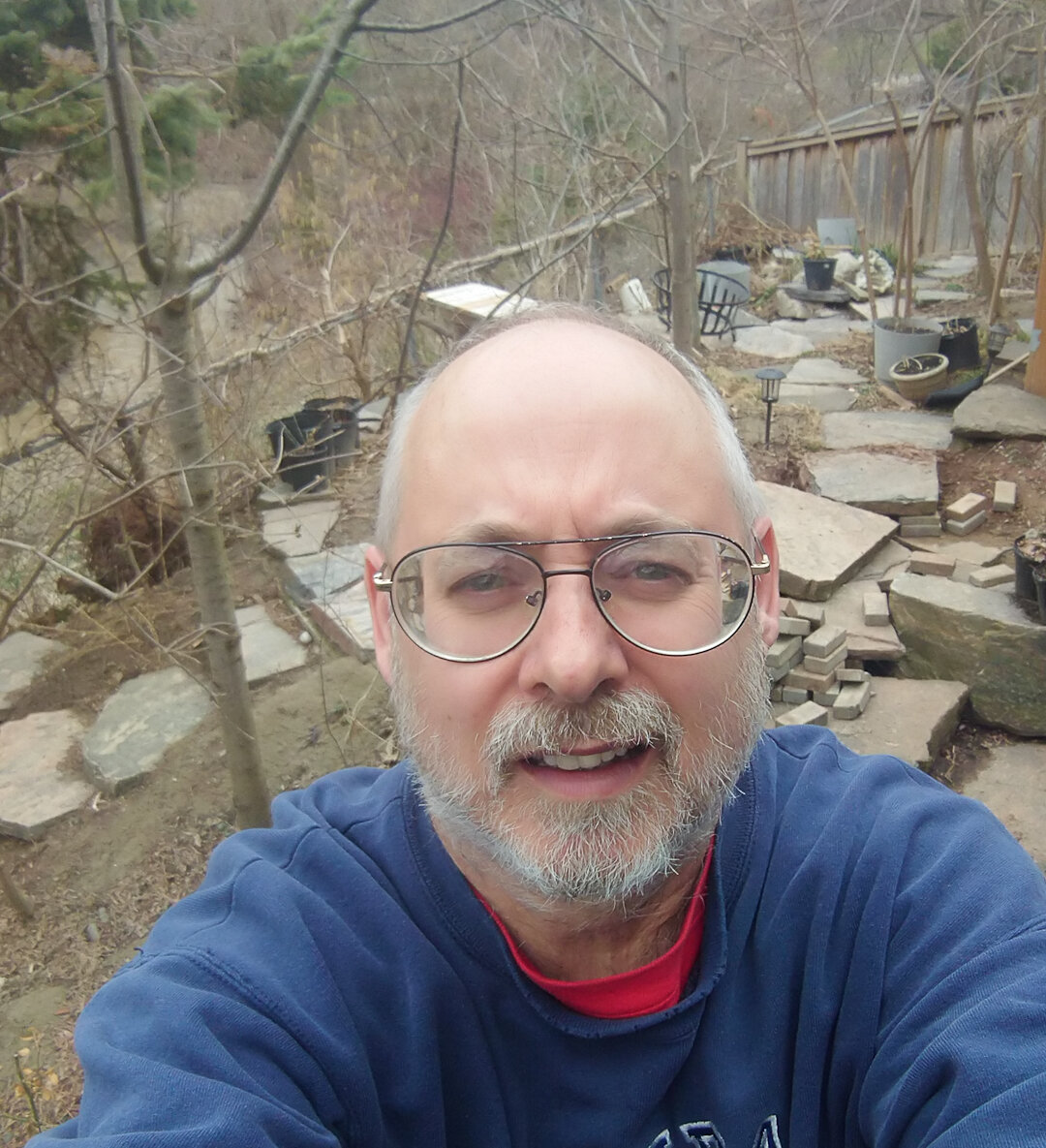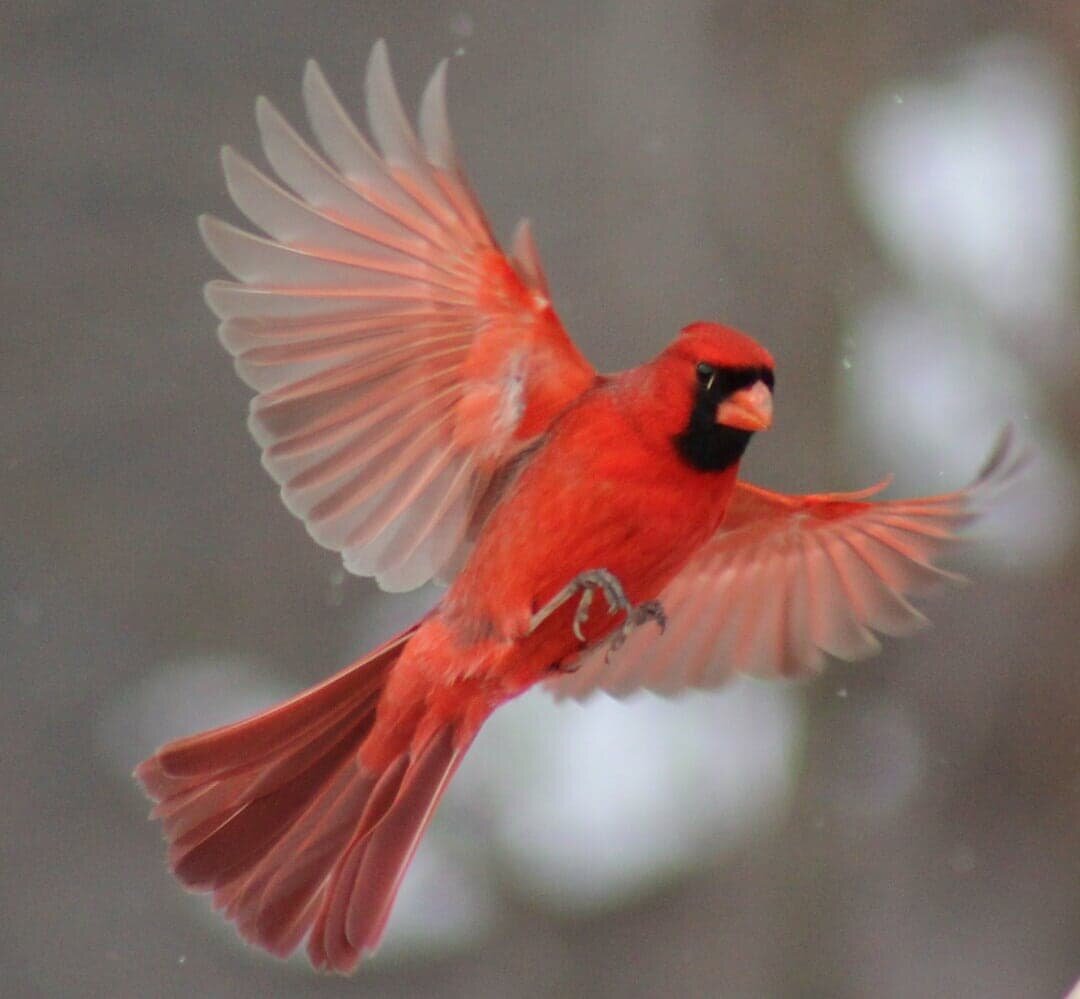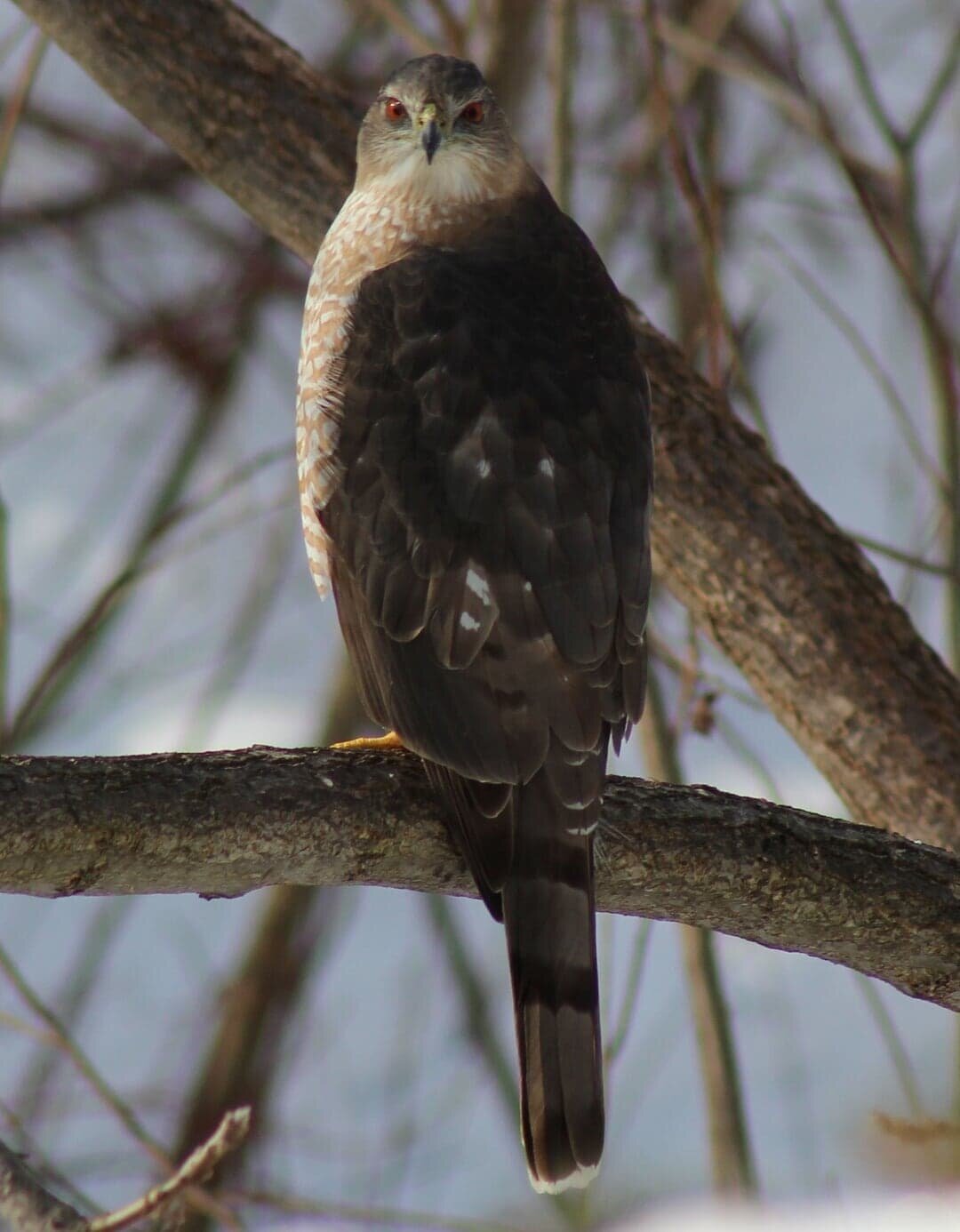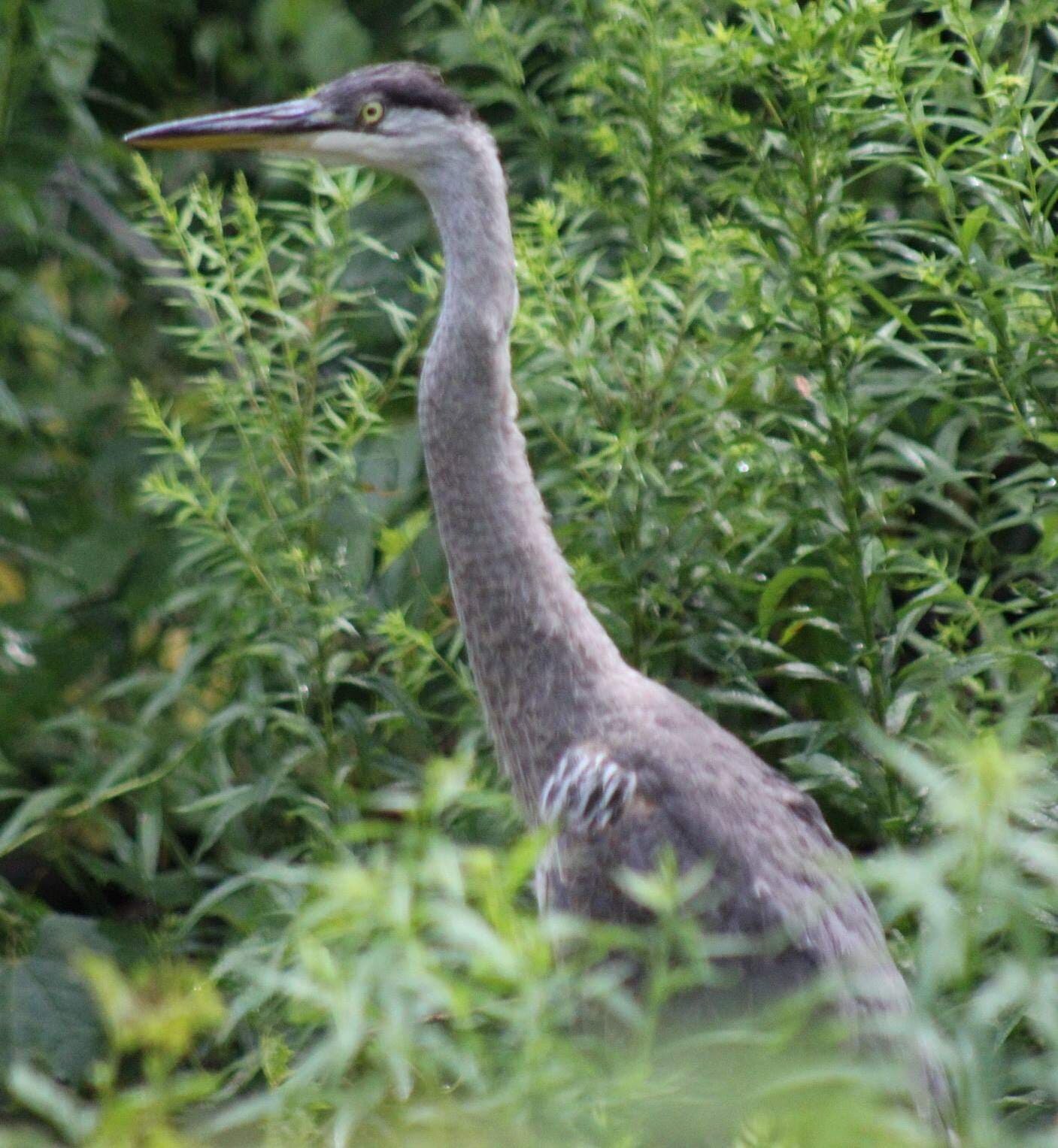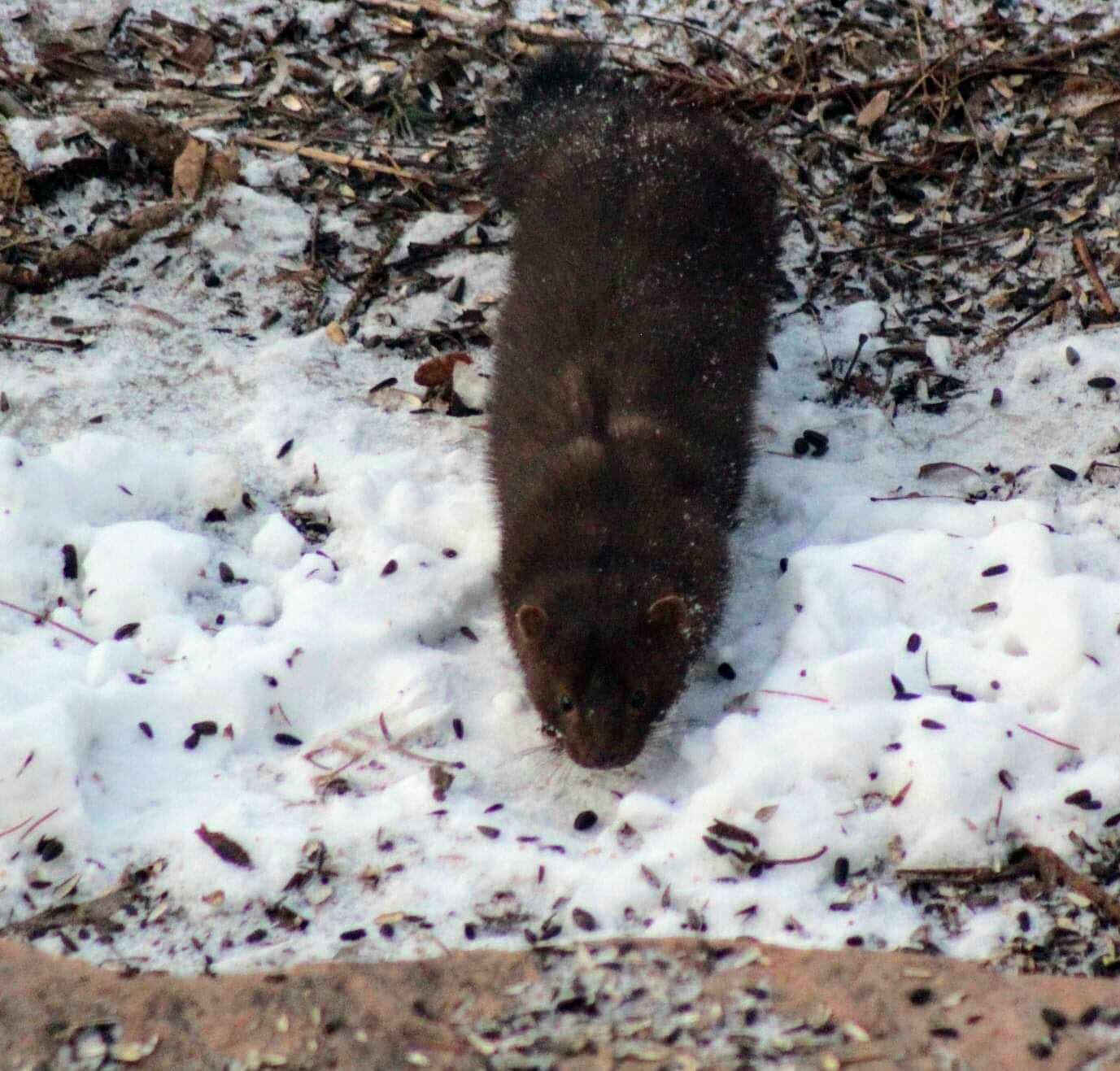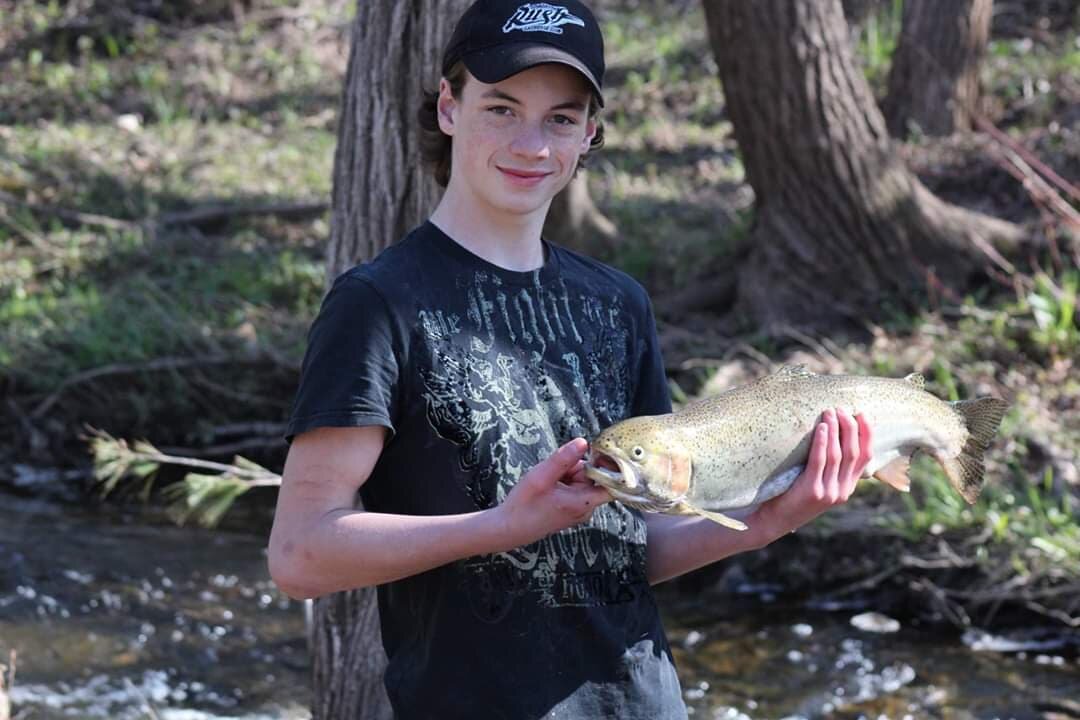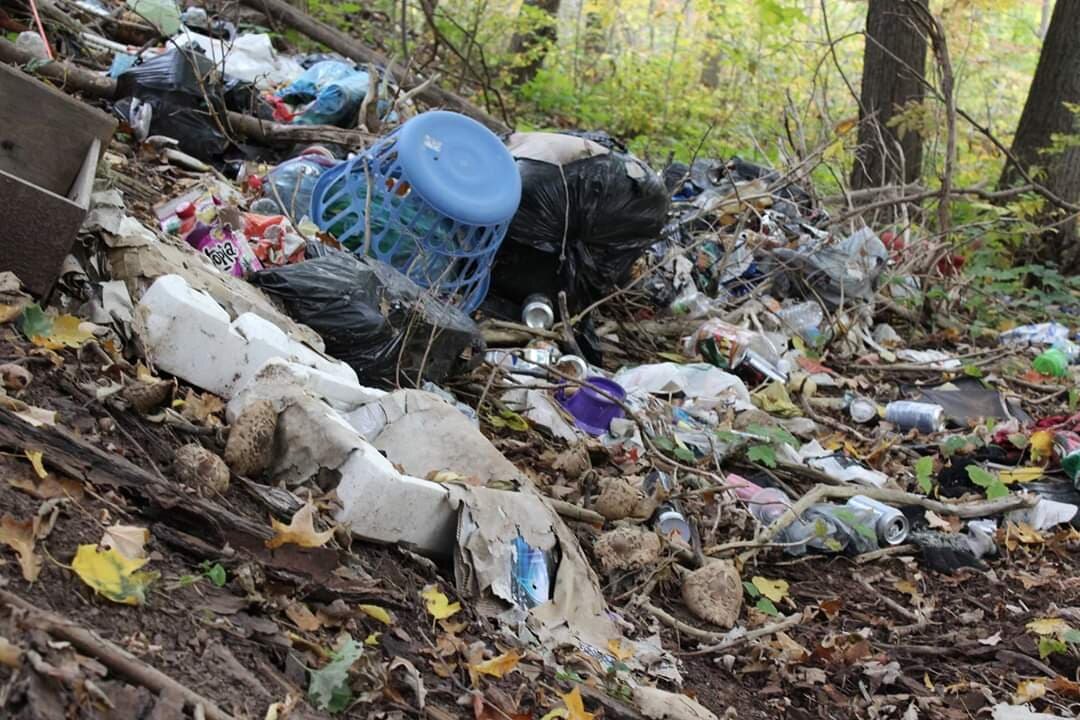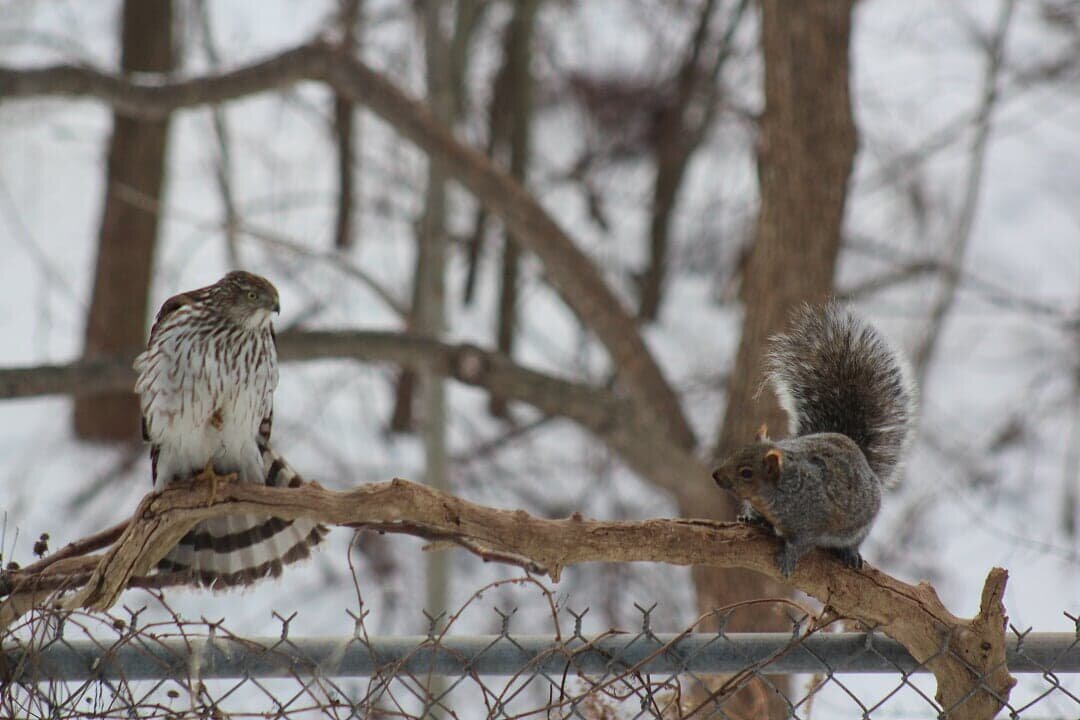Creating your own “Ark” landscape design has never been easier
Here is your opportunity to have Chelsey Gold Medal winning landscape designer Mary Reynolds create a garden of your dreams based around her concept of creating Arks. A natural landscape or woodland garden based on native plants for wildlife.
Mary Reynolds’ gift makes it all possible
Chelsea award-winning Irish landscape designer, Mary Reynolds, has given the world too many gifts to count, but her latest gift might just be her most inspiring.
Especially if you are the one either giving it, or, even better, on the beneficiary end.
Mary, both an accomplished author and landscaper designer, has been working hard over the past several years to help homeowners and especially gardeners develop a new appreciation for a more “wild landscape” – one that respects native plants and the wildlife that either calls it home or would love to make it their home.
She has developed an entire movement and website (We Are The Ark) around creating “Arks” in the suburban and rural landscapes. These Arks act as stepping stones across the landscape, where pollinators, birds and even mammals can find refuge and habitat they can call home.
“Every thread of the web we remove through human expansion, destruction and pollution, could be the last thread holding it all together and we just dont know when it is all going to fall apart. If you want to save the planet, start with your own patch of it. ”
Why is it so important for homeowners to develop their Ark?
Mary explains, over email, to Ferns & Feathers that it is increasingly important for homeowners to consider creating an Ark.
“Because the web of life is collapsing. We have lost 70 per cent of all our earth’s wild creatures since 1970 when the ‘green’ revolution kicked in and the population exploded. With the collapse in insect populations and the 75 per cent loss of our topsoil, we are looking at a catastrophic collapse of the earth’s ability to provide us with clean air, water, food and shelter,” Mary explains.
“Every thread of the web we remove through human expansion, destruction and pollution, could be the last thread holding it all together and we just don’t know when it is all going to fall apart.”
Mary urges homeowners to recognize their role in saving the planet, even if it is just a small patch in an urban environment.
“If you want to save the planet, start with your own patch of it. Set your land free and support it to become a native plant ecosystem, removing the non natives and importing as many locally sourced native plant layers as possible. These are the plant communities that have evolved alongside their local insects and mammals who cannot survive without them. We have to make a patchwork quilt of hope for nature, for the seeds of restoration to spring forth when the time comes.”
Her website already tracks the number of people who have created their own Arks and marked them on her arkivist world map.
To date, there are more than 1,000 documented Arks, including about 320 in the United States and Canada. Mary hopes her individual and more personalized assistance will help boost that number.
Now, Mary wants to offer her services to help even more homeowners turn their properties into “Arks.”
And, for homeowners in the United States and Canada, she will provide the service all on line.
She tells Ferns & Feathers that she is ready for the onslaught of requests undoubtedly coming her way.
“I have been doing online consultations for a couple of years now across the world, the complexities are not too hard, most places have similar problems, and simple, if often different solutions,” Mary explains.
Why do we need an Ark?
Mary points out on the website that the earth is “losing 150 to 200 species to extinction every single day. Each species lost is lost FOREVER.
Biodiversity is short for “Biological diversity”.
Biodiversity is “the variety of all living things, and the systems which connect them.” This includes all the planet’s different plants, animals and micro- organisms, plus the genetic information they contain and the ecosystems of which they are a part.”
An incredible opportunity to build your Ark
It’s an incredible opportunity to have a Chelsea Gold-Medal winning landscape designer dig into your landscape and help transform it into a woodland/wildlife refuge.
Mary, of course, is not limited to “woodland” designs, but given that this website is dedicated to woodland/wildlife design and Mary has gone on record saying that most land wants to revert back to a woodland style, the odds are good that the design will lean in that direction.
In the announcement, Mary said she “wants you to give any land under your care back to nature, to re-wild, to be Arked.”
“The hour consultation is a zoom call where I have been supplied with photos and short videos of their land. Then we talk through each area discussing how to increase the sanctuary there for the local wildlife in all its forms,” explains Mary.
“Also we work out how to weave the guardians’ own needs in with these ideas. The sketch designs are more detailed and are to scale, mapping out a concept design for you to work with on your own land, though I need a proper land survey for that option, with all of the existing trees, plants, paths etc,” Mary says, adding that the on-line services will be an ongoing service for homeowners and businesses.
Anywhere in the world, Mary can work online with you, from an hour long consultation to a full ARK design.
In particular, Mary “can help you design a space that allows for the maximum amount of edges and ecotones, the most diverse range of habitats you can fit into your land. A magical place for your family to enjoy and protect, which will be hopping with life and beauty. A sanctuary for all of the native creatures that need it, places to rest and recover and finally thrive.”
“She will guide you to understand how to step in and provide the ecosystem services required to maintain that diversity going forward, to replace the missing parts of the web of life that we have broken. To become the wolf, the deer, the beaver.
To be a Guardian, not a gardener.
To be an Arkevist.”
There are several approaches homeowners can take to have Mary design their gardens.
Mary is asking readers to email her with the property’s size, and some photos to receive a quote for the work.
All of the details are available at her website (link.) Below are excerpts from her website to give readers a better understanding how the process may work.
• An online advice hour over Skype or Zoom: Send a number of comprehensive photos of your land, a google maps pin so we can look at it from above and even some very short videos (less than 1 minute if possible). Once I have all the information, I can talk through ideas with you over zoom. Please note that this is not a gardening advice service. It is for Ark development and design. €184.50 (€150 plus VAT @ 23%) (approximately $230 US, or $310 Cdn. to be paid before the appointment.)
An on-site consultancy including a design: This involves me coming to visit you, at your home, where we sit down and I sketch a design out over a pre-prepared landscape survey of the site (which you will have provided from a surveyor), creating spaces within the land for spending time, growing food, building a magical connection between your land and yourself and supporting wildlife to share the land with you. I draw up a scaled master plan before I leave. However, there will be no detailed construction details or detailed drawings, but you will be able to work with a contractor using the master plan or use it yourself to develop your Ark.
If I am working out of the country, I would be asking you to consider an online design consultation as I do not want to travel unless absolutely necessary.
The process usually takes 3 – 4 hours on site (I will need a dry warm space with a large table to work on). In order to give you a definite price I need you to email me some photographs of the land so I can see how big it is, as size is everything in terms of the amount of design involved. But I usually manage most gardens in the one day, if the areas I am designing are not too complicated and under an acre in size.
Online Design Consultation: This is a good way to get the Mary design experience if you are a distance away.
“I will work on a survey pre-prepared and sent to me before the appointment date. I can get to talk to you by zoom in the morning to hear the design brief and feel into the situation. Then I will work on the design to get a good solution for both the client and the Ark’s requirements and call you back as required during the day, finally presenting it by zoom and scanning the drawings and emailing them to you day following completion.”
“You will end up with a good overall master plan to work towards yourself, or to use in conjunction with a contractor to manifest the design on the ground, or develop the Ark yourself.”
“However, there will be no detailed construction details or planting details. As I am not spending time travelling to the site, I get to spend more time at the design during the day and it is a good solution for people a distance away.”
In order to give you a definite price I would need you to send me photographs of the land so I can see how big it is, as size is everything in terms of the amount of design involved! But I usually manage most gardens in the one day, if the areas I am designing are not too complicated and under an acre in size.
However, there is also the cost of the survey, which needs to be emailed to me before I begin so that I can do some preparation drawings. The survey is a separate contract which doesn’t involve my input and best organized locally to your site.
The amount of information Mary will need will depend on how detailed a plan you are looking for her to design.
Native plants help rewild his woodland garden ark
The coyote making itself at home on his back deck on his facebook page caught my eye, but the fact that Vince Fiorito brought in 50 tons of boulders and rocks into his backyard caught my attention. This guy is serious about rewilding his backyard.
Boulders build foundation for woodland garden
I thought the coyote making itself at home on Vince Fiorito’s back deck was a sign of his commitment to rewilding his backyard, but when he told me about the 40 tons of granite boulders and rocks that he squeezed into his backyard in Burlington Ont., I knew this guy was serious.
Not only is he rewilding the typical suburban-sized backyard, he is extending his efforts into the ravine behind his home and transforming it from a garbage-dumping area that is infested with invasive, non-native vegetation, into an impressive woodland ark filled with native plants and shrubs that are encouraging more fauna to set up homes in and around the area.
(Here is a link to my article on the importance of using native plants in the garden.
Maybe that explains the coyote that couldn’t help checking out his backyard and wandered up on his back deck, or the minks that came hunting squirrels in his yard this winter. Maybe it helps to explain the many small DeKay Brown snakes that call his backyard home. (See a Youtube video of his yard here.)
All you have to do is talk to Vince for a few minutes to realize this guy is serious about rewilding his yard, the ravine behind it, and the entire City of Burlington if given the chance.
Vince has even been recognized by the Hamilton/Halton Conservation Authority for his work on the Sheldon Creek watershed.
Vince Fiorito’s property backs on to a wooded area that he has worked to not only clean up, but transform with native plants into a naturalized woodland where coyotes, mink and a host of reptiles and birds call home.
It’s not the first time he has taken on the challenge. Before moving to Burlington, Vince transformed a former property in much the same way he has at his Burlington home.
More than 20 years ago in Cornwall Ont. Vince decided he could no longer live with the “McHappy” gardens that overwhelmed subdivisions all over his small town, let alone most of North America. It was then, after helping out with a school field trip to rescue trilliums and other spring ephemerals from a future gravel pit to a school yard natural habitat restoration project, that he decided it was time to take action and start cultivating native plants, with a focus on rare local species that were quickly disappearing.
“That is when I became convinced that the lawn and garden industry had created perceptions of problems where none existed (dandelions) so they could sell us solutions which are really problems,” he added.
Twenty steps to rewild your backyard
Remove all or as much grass as possible.
Stop using chemicals on your property to kill flora and fauna. Try instead to deal with problems naturally.
Replace non-native plants and trees with natives whenever and wherever possible.
Create safe habitat for animals, insects and reptiles of all kinds. This can include natural habitat from leaving snags (dead trees) to planting cedars and other evergreens that provide year-round protection. Supplement natural habitats with commercial or man-made structures such as bird houses and roosting boxes.
Consider providing natural nesting habitat for our native solitary bees as well as high-quality homes that allow for easy cleaning and removal of larvae. See my earlier article on the WeeBeeHouse.
Stop picking up leaves in the fall. Countless insects, reptiles and small mammals depend on leaf litter for winter survival. If you must, pile them into a corner or corners of your yard and let nature take care of them naturally.
Provide natural, native food sources for animals and birds from berries and nuts to flower seeds.
Ensure a safe and regular nectar supply in the yard for hummingbirds, pollinators, butterflies and bees.
Provide several sources of water in the garden, from small ponds, to on-ground bird baths that could include some form of moving water from a small solar fountain.
Consider the value of going vertical with more flowering and fruiting vines. These can also provide nesting areas for birds.
Forget a tidy garden. Nature isn’t tidy. Those spent flower stalks you are cutting down and sending to the curb, are home to insect larvae. Leave them be until late spring or early summer when the insects have had time to re-emerge.
Refrain from using gas-powered blowers on your property when a simple light raking will get the job done.
Build brush piles on your property. Even a small brush pile of sticks can be surprisingly productive. If you are having trees trimmed, ask the tree service to leave the cut branches in a pile in a corner of your property. You will save money and create invaluable habitat and hunting ground for birds and other backyard visitors.
Consider creating a hibernaculum as an overwintering area for snakes, insects, small mammals and other reptiles.
Create an open compost pile which will not only provide you with black gold, but will encourage insects and other fauna to use it as food and habitat.
Consider taking the necessary steps to become a certified backyard habitat to inspire neighbours to take action in their own yards.
Join your local garden and native plants organizations and spread the word about the value of rewilding their yards and neighbourhoods.
Always be on the watch for injured or sick animals and take the time to learn who to contact and what to do if you notice an injured animal on the property.
Put up decals, streamers or some other deterrent to keep birds from striking your windows.
Do no harm. It goes without saying that as gardeners we have a responsibility to do no harm to the fauna that share our backyards. Before taking any action in the yard, consider that possible harm that could result. The next time you are severely pruning a shrub or tree, for example, be sure to first check to ensure a family of birds are not depending on that shrub to hide and protect their nestlings. If so, put the pruning off until fall.
Vince’s outstanding photograph of the standoff between the hawk and a grey squirrel at the border of his garden and the ravine is the perfect illustration of wild nature and our suburban wildlife.
Vince’s journey to rewilding success
Vince explains how he originally became interested in the natural world.
“The biodiversity crisis set me on this path. I grew up hearing stories about the passenger pigeon and other species extinctions during my childhood,” he says adding that he also grew up watching the Nature of Things every week since even before Dr. Suzuki hosted the show.
More recently, he joined the Canadian Wildflower Society (the precursor to the North American Native Plants Society) and went to work teaching himself everything he could about native wildflowers. He soon discovered the informative and expert writings of native plant guru and author extraordinaire Lorraine Johnson.
It all added up to an acquired knowledge that he continues to search for and is quick to recommend the expertise of groups like the Ontario Invasive Plant Council and its program Grow Me Instead guide that is currently in its 3rd Edition. and available online. (This release marks the most extensive update of the guide, first released in 2010. The newest update includes nearly 40 new “invasives” and “alternatives.” In addition to the guides, Grow Me Instead also offers seed packets and other resources for Ontario gardeners interested in pursuing native plant gardens.)
Similar groups are available throughout North America. Gardeners are encouraged to look up their local native wildflower associations for specific information on their regions.)
In an article Vince wrote for the North American Native Plant Society newsletter, he describes some of the work he embarked on at his Cornwall property, which he describes as a typical ‘90s subdivision lot.
“I purchased plants and ordered prairie seed mixes from reputable local nurseries that specialized in native plants. I rototilled most of my lawn and smothered the remnants with newsprint and leaf litter. Then I added two tandem truckloads of furniture-size granite rocks and another 7.6 cubic metres (10 cubic yards) of black earth. I rescued deciduous forest floor plants from a nearby quarry site.”
And the conversion had begun.
Several years later, the turfgrass and non-native volunteers were eliminated and his front yard had become a cornucopia of native plants growing between granite boulders. Black-eyed Susans brightened the late summer months with their sunny dispositions, while asters, goldenrods, prairie grasses such a Little bluestem filled out the curb appeal in the front yard.
In the back, Vince planted taller native grasses including switch grass, bottlebrush grass and big bluestem. trilliums, foamflower, blue cohosh and Jack-in-the-pulpits and bloodroot made up just a few of the more than 100 native plant species – including some endangered species such as goldenseal (Hydrastis canadensis) spread throughout the garden.
“To save threatened species from extinction, we must deliberately create habitats for them in urban areas around our homes and businesses. We need to know about local species at risk, the conditions they need to thrive and deliberately recreate these conditions they need to thrive and deliberately recreate these conditions wherever we influence the landscape.”
The price of being ahead of his time
One big problem. Vince was well ahead of his time and at least one neighbour didn’t agree with his non-traditional landscaping style and complained endlessly to anyone who would listen.
It turns out this neighbour wasn’t the only “McHappy” homeowner who thought a chemical-filled lawn and a couple foundation plantings was the way create a beautiful, healthy neighbourhood.
A job offer in Mississauga was too much for Vince to turn down, and so, the home and garden he had worked so hard to transform had to be put up for sale.
And that’s where it sat for months.
Cornwall home buyers were just not ready to take on what they saw as a high-maintenance, non-traditional garden. Eventually, Vince and his family were forced to take a serious cut in the home’s value to help pay for the new owners to bring in bulldozers to remove all the low-maintenance native plantings and boulders, only to replace it with with high-maintenance, non-native turf and a couple of foundation plantings that could, if they played their cards right, eventually grow too large and cover the view out their front windows. (sarcasm intended)
Many of the native plants went to the school where Vince was first inspired on his journey to rewild his Cornwall home.
The family moved to Mississauga for a short time before settling in Burlington, close to the Oakville border and purchased a home that Vince knew would be home to his next backyard rescue. Only this time, his small GTA-sized backyard stretched out as far as he could see and beyond. His backyard might have been small, but it backed on to Sheldon Creek, a stream that emptied into Lake Ontario a few kilometres downstream. A chain link fence was all that separated his property from the surrounding forest and natural area that was just crying out for Vince’s acquired expertise in restoring nature with love and care and, of course, wheelbarrows of native plants.
“Who needs to drive up North. I have Muskoka right in my own backyard.”
A new city a new challenge
And so, in 2013 Vince accepted the challenge of a lifetime to rewild not only his new backyard but to restore what was once a beautiful, natural ravine back to its former glory.
There was one ultimatum he couldn’t ignore, however. It came from his wife, and there was no arguing about it. The front of the home – the curb appeal part – would remain more or less traditional. The trade off seemed a good one and Vince got busy. Very busy.
“Who needs to drive up North,” Vince says describing Ontario’s rugged northern cottage country. “I have Muskoka right in my own backyard,” he adds proudly.
It wasn’t always that way. When Vince moved into his current home the awkward, 75-foot by a mere 30-foot backyard sloped steeply down toward the ravine, and didn’t have a lot going for it accept plenty of non-native plants including an abundance of Burning Bush.
He installed a large cedar deck to flatten out the slope right next to the house and give him the perfect view of his garden, the ravine the birds and the wildlife passing through the ravine.
Then Vince called in reinforcements in the form of 40 tons of rock and stone, and two guys – one wielding a forklift and the other, a small backhoe.
“People joke that I have Stonehenge in my backyard,” he explains.
That’s a lot of stone for such a small yard but there was rhyme and reason for his madness. After pricing out limestone boulders for his yard, he realized that if he went to the source of the rock (a large quarry) he could get a lot better price. One problem however, he had to fill the flatbed truck with rock to get the deal. “That was about four times more rock than I needed,” he explains.
So he filled the truck, hired some manpower and machinery and the rest is history.
Today, native Redbud trees light up the yard in early spring and native plants from milkweed to black-eyed Susans fill in around the rocks, flagstone and boulders.
In the newsletter article for the North American Native Plant Society, he notes: Since moving to Burlington, I have recreated my ark garden concept. I use rocks and organic material to create overwintering habitat for reptiles and many other creatures. I grow endangered hoptrees, (the host plant for the giant swallowtail), which has appeared in my garden for the past three years. I have planted milkweeds, host plants for monarch butterflies larvae, which I saw for the first time last summer, and New Jersey tea (Ceanothus americanus) host plant for the mottled duskywing butterfly.”
Vince is particularly proud of the giant hibernaculum he created in his backyard just with with the introduction of the massive boulders and stone that now make up the foundation of his backyard.
The small DeKay snakes that call his yard home are just an example of the success he has had in attracting and providing safe areas in his garden for surrounding wildlife. These small snakes, which are capable of putting on quite a show when they are scared, live off of insects and slugs and are, therefore, highly prized by knowing gardeners. (A hibernaculum is a location where creatures can seek refuge during winters, often diving beneath the frost zone in a safe, dry environment. They are most often used by snakes, toads, lizards, insects, and rodents.)
But it’s not hard to see Vince’s compassion for the wildlife around his home and throughout the city he now calls home.
Building an “ark” for his forest friends
He refers to his property as an “ark” the same term Mary Reynolds talks about in her book the Garden Awakening. Ms. Reynolds, an acclaimed Irish landscape designer, is calling on gardeners around the world to create “arks” in their yards in the hope that these “arks” can eventually be joined to create wild corridors for native fauna and flora to once again flourish across the urban areas.
In his newsletter article, Vince points out that scientists have concluded that the earth is in the middle of its sixth great mass extinction.
“Species may be going extinct 1,000 times faster than historical background rates and accelerating,” he writes. “Most species are in decline, degrading the biosphpere’s ability to provide the environmental services that clean the air, purify water and rejuvenate soil. If current trends continue, flora and fauna homogenization, invasive organisms, novel pathogens, overexploitation, habitat loss, pollution/toxification and climate disruption may become so severe that within half a century nature may require three to five million years to recover lost biodiversity and ecosystem functionality.”
the statement could not be more clear as we try to recover from a pandemic gripping the world, killing hundreds of thousands of people and forcing the remainder to seek refuge in their homes far from the ravages of the dreaded Covid-19 virus.
“We must seek coexistence with other species on land directly influenced by human activity,” he writes. “To save threatened species from extinction, we must deliberately create habitats for them in urban areas around our homes and businesses. We need to know about local species at risk, the conditions they need to thrive and deliberately recreate these conditions they need to thrive and deliberately recreate these conditions wherever we influence the landscape. To change common perceptions, we must communicate complex stewardship concepts with easily understood words and imagery.
“We need to build ark gardens.”
All true. And, I will add that the world needs more committed naturalists and gardeners like Vince Fiorito.
More links to my articles on native plants
Serviceberry the perfect native tree for the garden
The Mayapple: Native plant worth exploring
Three spring native wildflowers for the garden
A western source for native plants
Native plants source in Ontario
The Eastern columbine native plant for spring
Three native understory trees for Carolinian zone gardeners
Ecological gardening and native plants
Eastern White Pine is for the birds
Native viburnums are ideal to attract birds
The Carolinian Zone in Canada and the United States
Dogwoods for the woodland wildlife garden
Bringing Nature Home by Douglas Tellamy
A little Love for the Black-Eyed Susan
This page contains affiliate links. If you purchase a product through one of them, I will receive a commission (at no additional cost to you) I try to only endorse products I have either used, have complete confidence in, or have experience with the manufacturer. Thank you for your support.

